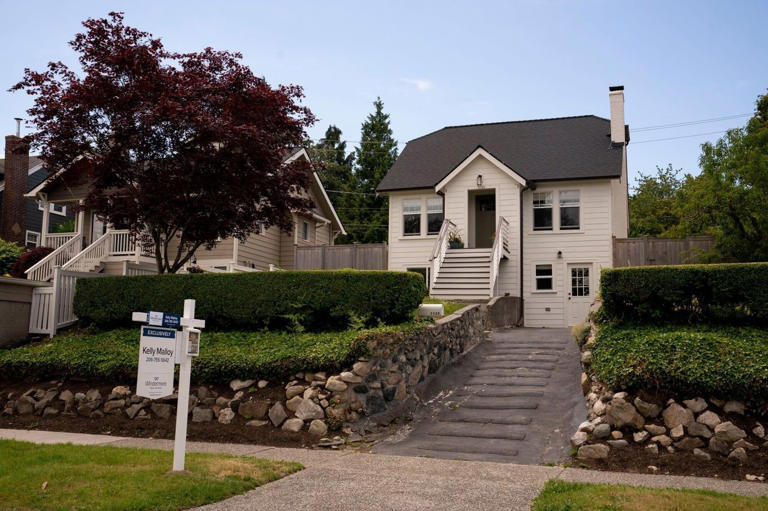In June, the housing market witnessed a dramatic increase in home prices, reaching unprecedented heights. The National Association of Realtors (NAR) reported that the national median existing-home price surged to $426,900. This represents a 4.1% rise from the previous year and marks a new high in the historical data that dates back to 1999. This record-breaking figure underscores the persistent unaffordability in the housing market, with many Americans struggling to keep pace with rising home costs.
Decline in Home Sales
Despite the record-setting prices, the housing market has shown signs of decline in activity. June saw a 5.4% decrease in existing-home sales from May, translating to a seasonally adjusted annual rate of 3.89 million units. This drop continues a trend of declining sales that has persisted for four consecutive months. On a year-over-year basis, sales also fell by 5.4%, indicating a broader slowdown in the market. The combination of elevated home prices and high mortgage rates has dampened buyer enthusiasm, leading to fewer transactions.
Inventory Constraints and Market Dynamics
The housing market is currently characterized by a mismatch between high prices and tight inventory. Despite a slight increase in the number of homes available for sale or under contract—reaching 1.32 million at the end of June, up 3.1% from May and 23.4% from the previous year—the inventory remains below historical norms. This tight supply has contributed to competitive bidding and price inflation for desirable properties.
Real estate brokerage Redfin reported that over one-third of home sales in June were completed at prices above the original listing price. This trend reflects ongoing market pressure, where the scarcity of available homes continues to drive up prices. The increase in sales of luxury homes, combined with a decline in sales of lower-priced properties, has further pushed up the median home price.
Regional Variations and Local Market Trends
Inventory levels and market dynamics vary significantly across different regions. The South has seen the most substantial increase in housing inventory, whereas the Midwest and Northeast continue to experience more constrained supply. For example, Ray Hereford’s experience in The Villages, Florida, illustrates the challenges faced by sellers in a competitive market. He initially listed his three-bedroom home for $699,000 but had to reduce the price to $530,000 before selling, due to competition from newly constructed homes in the area.
In contrast, Russell and Nicole Chiles in Chagrin Falls, Ohio, encountered a highly competitive market for their property. They received three offers on the first day of listing and sold the home for $630,000, nearly 10% above the asking price. The limited availability of similar homes in the area contributed to this strong demand, leading to a quicker sale.
Affordability Challenges and Future Outlook
Home-buying affordability remains a critical issue, with conditions deteriorating to the worst levels since 1985. NAR’s data indicates that affordability has hovered near multidecade lows since last fall. However, there is potential for slight improvement in the near future. Recent decreases in mortgage rates, as reported by Freddie Mac, and a slower pace of home-price growth due to rising inventory could offer some relief to prospective buyers.
As of the end of June, there was a 4.1-month supply of homes on the market, the highest level since May 2020. This increase in supply could help moderate some of the price pressures in the market. Nonetheless, the challenge of affordability is likely to persist as buyers continue to grapple with high home prices and the overall cost of homeownership.
Broader Market Implications
The housing market’s current state reflects broader economic concerns, including inflation, interest rates, and supply chain disruptions. The ongoing high home prices and slow sales activity point to a market in transition, where rising costs and limited inventory create a complex environment for buyers and sellers alike.
As the market evolves, both potential homebuyers and investors will need to navigate these challenges carefully. Keeping an eye on future trends, such as changes in mortgage rates, inventory levels, and economic conditions, will be crucial for making informed decisions in the current housing landscape.
